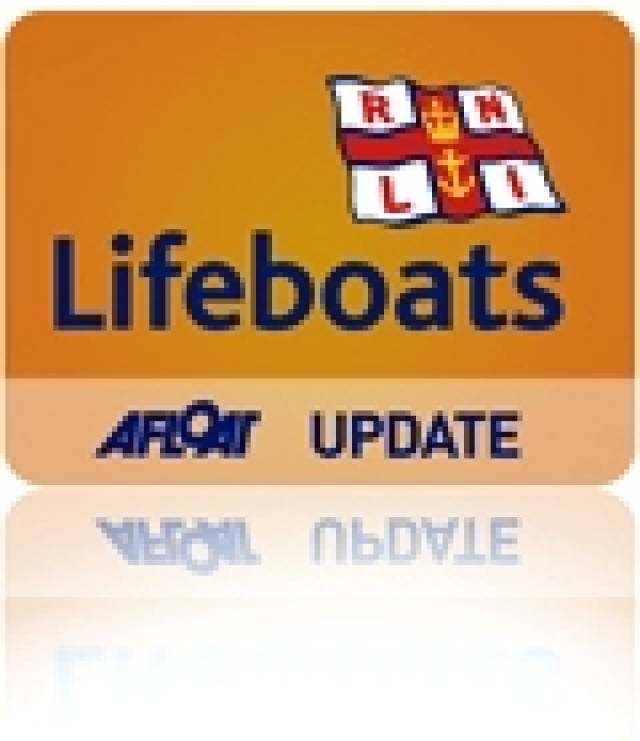#RNLI - Last night (17 July) the volunteer crew of the Bundoran RNLI lifeboat were paged by Malin Head Coast Guard to the aid of six teenagers who had been cut off by the tide at the West End of the Co Donegal town.
Bundoran's lifeboat William Henry Liddington launched just after 8.30pm with four crew on board and were on the scene within two minutes to find the group, who had climbed down to the water’s edge but were unable to make their way back and became trapped by the tide.
The six, none of whom were injured, were helped on board by the lifeboat crew and brought safely back to the station, where they thanked the crew.
Helming the lifeboat on the callout was Dessie Daly, who said: "This was another callout that had a happy ending.
"We thank the member of the public who made the initial emergency call and remind anyone who sees anyone in danger on the coast to call 999 or 112 and don’t assume that somebody else has done it."































































